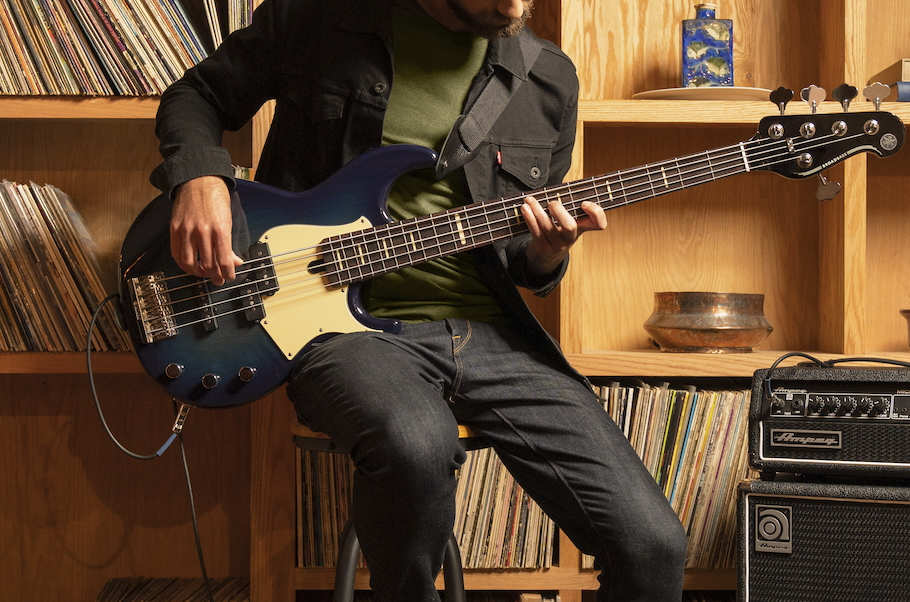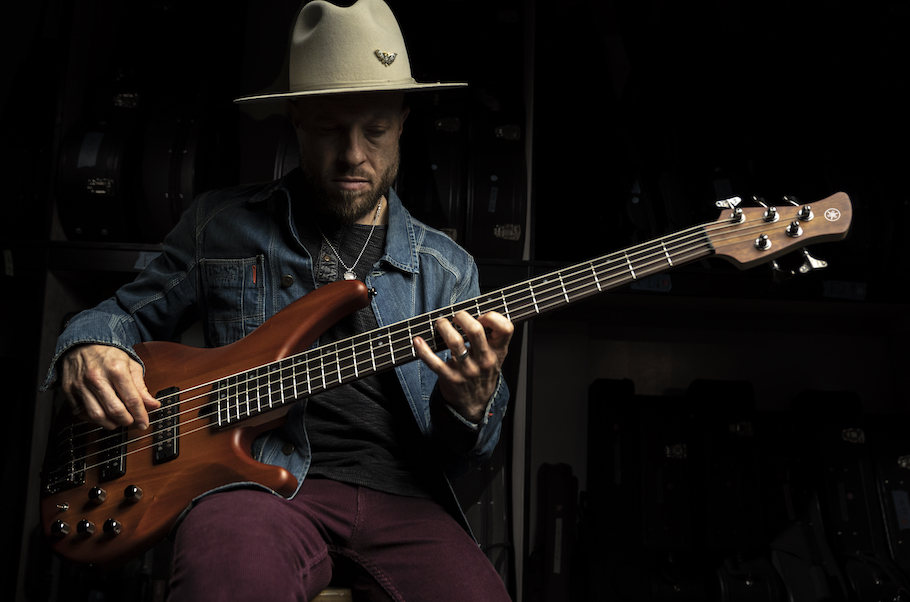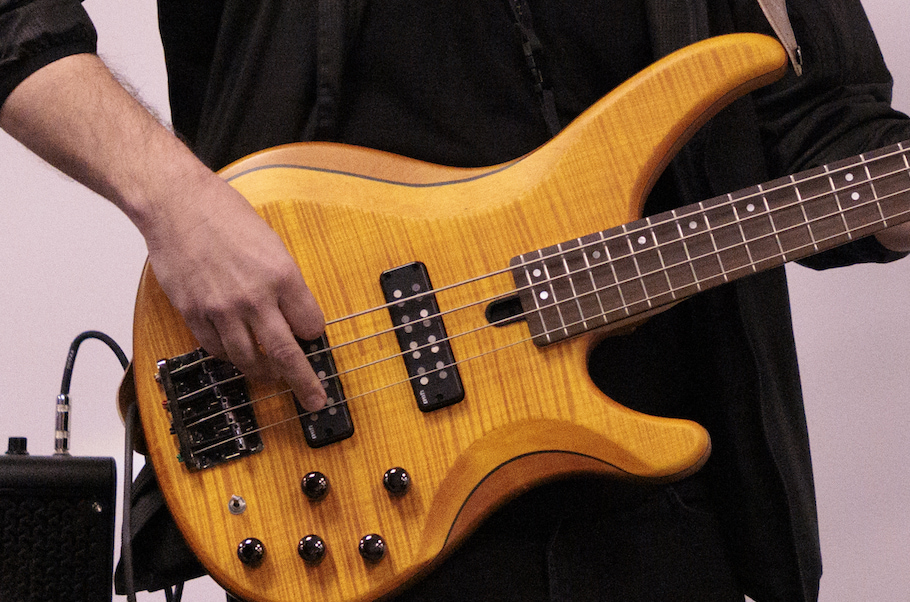Bolt-On vs. Neck-Through Basses
Here’s what you need to know about these two different design approaches.
To a non-musician, all basses are essentially the same. Just slap a body, neck, pickups, bridge, tuners, strings and some shiny, twiddly doo-dads together and you’ve got a bass, right?
Wrong. That’s like suggesting all cars are just hunks of metal with wheels, brakes, gas pedals and seats — they all do the same thing, so what’s the big deal?
To me, the factors that distinguish one bass from another are endlessly fascinating. Some details are obvious, easily measurable and dramatically affect how a bass sounds, feels and looks. Other design choices, however, are less visible and more finely nuanced, imparting subtle characteristics that are more challenging to measure and attribute. The line between subjective preferences and clear-cut performance features can get a bit blurry.
Consider, for example, basses with bolt-on necks versus those with neck-through designs. Some players say the difference between the two are night and day, while others would argue that other design decisions — tonewoods, scale length, pickup type and position —have a much greater overall impact.
Personally, I don’t think one design is inherently better or worse than the other. I own lots of basses, with a roughly 70/30 split between bolt-on and neck-through designs, and I love them all uniquely, if not equally. That said, understanding the differences between the two can help shine some new light on what it is about a bass’ design and construction that resonates with you.
What Is a Bolt-On Design?
As the name suggests, these basses have necks that are attached to the body via bolts or screws. The design tolerances of that neck-to-body connection are critical, though. The stronger the connection, and the tighter the gaps where the neck and body touch, the less the neck will move around, which translates into more stability and better transference of string vibrations into body resonance. Most Yamaha basses utilize a bolt-on design, with the BB Pro Series BBP34 and Attitude Limited 3 Billy Sheehan signature models featuring a six-screw mitre neck joint for extraordinary stability that withstands extreme duress. (Billy talks more about the importance of the Attitude Limited 3 neck joint in our blog posting “Exploring the Yamaha Signature Basses.”)
What Is a Neck-Through Design?
Instead of being bolted on, this type of design (as featured in the Yamaha BBNE2 Nathan East signature bass) marries the neck and body into a single uninterrupted piece. In most cases, the neck runs all the way “through” the body, end-to-end, with wings attached on either side to flesh out the rest of the bass’ shape. Unlike bolt-on necks, which can be removed if necessary, neck-through basses are permanently interconnected for maximum stability.

Benefits of the Bolt-On Design
It’s subjective, of course, but many players say that basses with bolt-on necks have a punchier, brighter and more pronounced attack than neck-through instruments. This could be due to the nature of how the neck interacts with — rather than interconnects with — the body, but I think it’s also affected by the types of tonewoods used in the bass’ body and neck. (Read more about bass tonewoods here.)
For example, a bass with a maple neck and fingerboard bolted onto a solid ash body will likely have a very different sound than an instrument with a maple/mahogany neck and rosewood fingerboard bolted onto a composite alder/maple body. One isn’t necessarily better or worse than the other, but they are surely different due to the tonal qualities of the woods being used. When you start considering all the possible combinations of bass tonewoods, it’s hard to know how much the bolt-on design starts to influence that equation.
That said, basses with bolt-on necks are almost always less complicated to build than those with neck-through designs, giving you more options to choose from. Another big plus is that if your bass’ neck ever suffers irreversible damage, bolt-on necks are easy to replace. (Mind you, most accidents are preventable! Here are some tips and tricks for the bass road dog.)
Benefits of Neck-Through Design
Basses with neck-through designs integrate the neck directly with the body to eliminate movement and maximize stability, which in turn should increase sustain — at least in theory. A couple of my neck-through basses are notable for their sustain, though it’s hard for me to definitively state whether this is due to their design or other factors such as the wood choices.
One inarguable benefit to neck-through basses, however, is that their neck “heel” — where the back of the neck meets up with the body — is more contoured, making for a more seamless feel and comfortable access to the upper register, especially when you’re at the end of the fretboard and need to move quickly around on the fatter strings. The aforementioned BBNE2 Nathan East signature bass, for example, provides effortless access up and down its 24-fret neck for sublime playing comfort.
And the Winner Is … You
There are arguments for and against every design, but to me a bass’ greatness isn’t measured by the sum of its parts, it’s measured by the experience of playing it with an open mind and your eyes closed. You can know everything there is to know about an instrument’s construction, but at the end of the day, all of that information between your ears takes a back seat to the indescribable feeling that comes when you finally pick up and plug in the bass that speaks to your soul. Bolt-on? Neck-through? They’re both great. As Stephen Stills once said, “If you can’t be with the one you love, love the one you’re with.”
Check out Michael’s other blog posts.
Click here for more information about Yamaha basses.

















